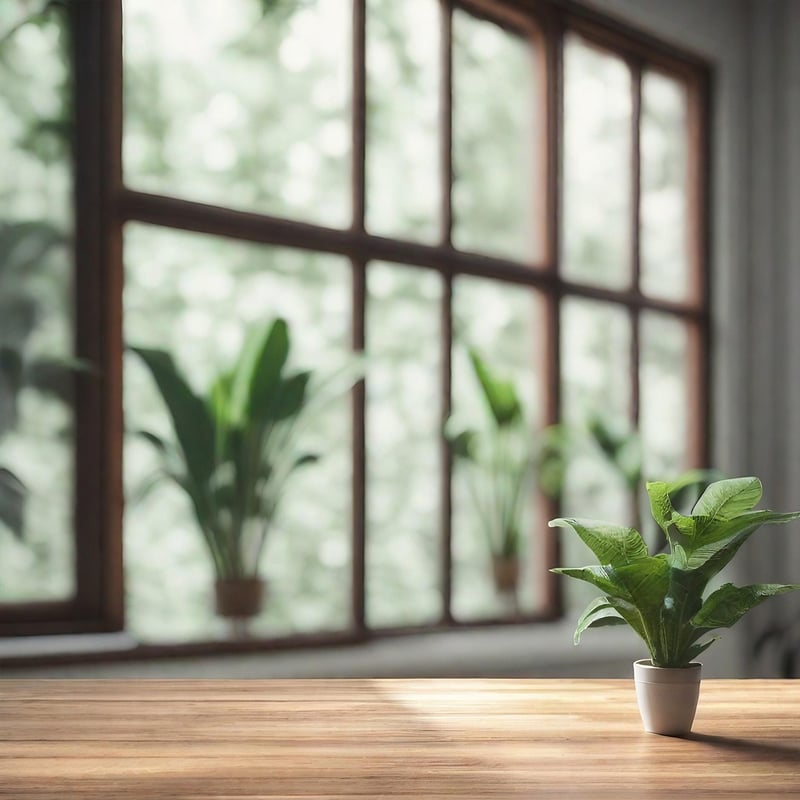Low-Light Options
Exploring Plant Options for Low-Light Environments
Are you looking to add some greenery to your home or office but don't have much natural light? Don't worry! There are plenty of plant options that thrive in low-light conditions, bringing life and freshness to any space. Whether you have a dimly lit room or prefer to keep your blinds closed, there are plants that can adapt and thrive in such environments.
Benefits of Having Plants in Low-Light Spaces
Plants not only add aesthetic value to a room but also offer numerous health benefits. They can improve air quality, reduce stress levels, boost mood, and increase productivity. Having plants in low-light spaces can help create a cozy and inviting atmosphere that feels more connected to nature.
Low-Light Plant Options
Here are some plant options that do well in low-light conditions:
- Snake Plant (Sansevieria) - Known for its air-purifying qualities and low maintenance, the snake plant can thrive in low light and only requires occasional watering.
- ZZ Plant (Zamioculcas zamiifolia) - This plant is incredibly resilient and can survive in almost any lighting condition, making it perfect for low-light environments.
- Pothos (Epipremnum aureum) - Pothos is a popular choice for beginners due to its easy care requirements and ability to thrive in low light.
- Peace Lily (Spathiphyllum) - With its elegant white blooms, the peace lily can brighten up a low-light space while also purifying the air.
- Spider Plant (Chlorophytum comosum) - Spider plants are adaptable and resilient, making them suitable for low-light conditions and beginners.
Tips for Caring for Plants in Low-Light Environments
While these plants are well-suited for low-light conditions, it's essential to provide them with proper care to ensure their health and growth. Here are some tips:
- Water sparingly - Plants in low light require less water, so be careful not to overwater them.
- Dust the leaves - Wipe the leaves of your plants regularly to remove dust and help them absorb more light.
- Rotate your plants - Rotate your plants occasionally to ensure even growth on all sides.
- Monitor growth - If you notice signs of stretching or yellowing leaves, consider moving the plant to a slightly brighter location.
By choosing the right plants and providing them with proper care, you can enjoy a lush indoor garden even in low-light environments. So go ahead and bring some greenery into your space!

